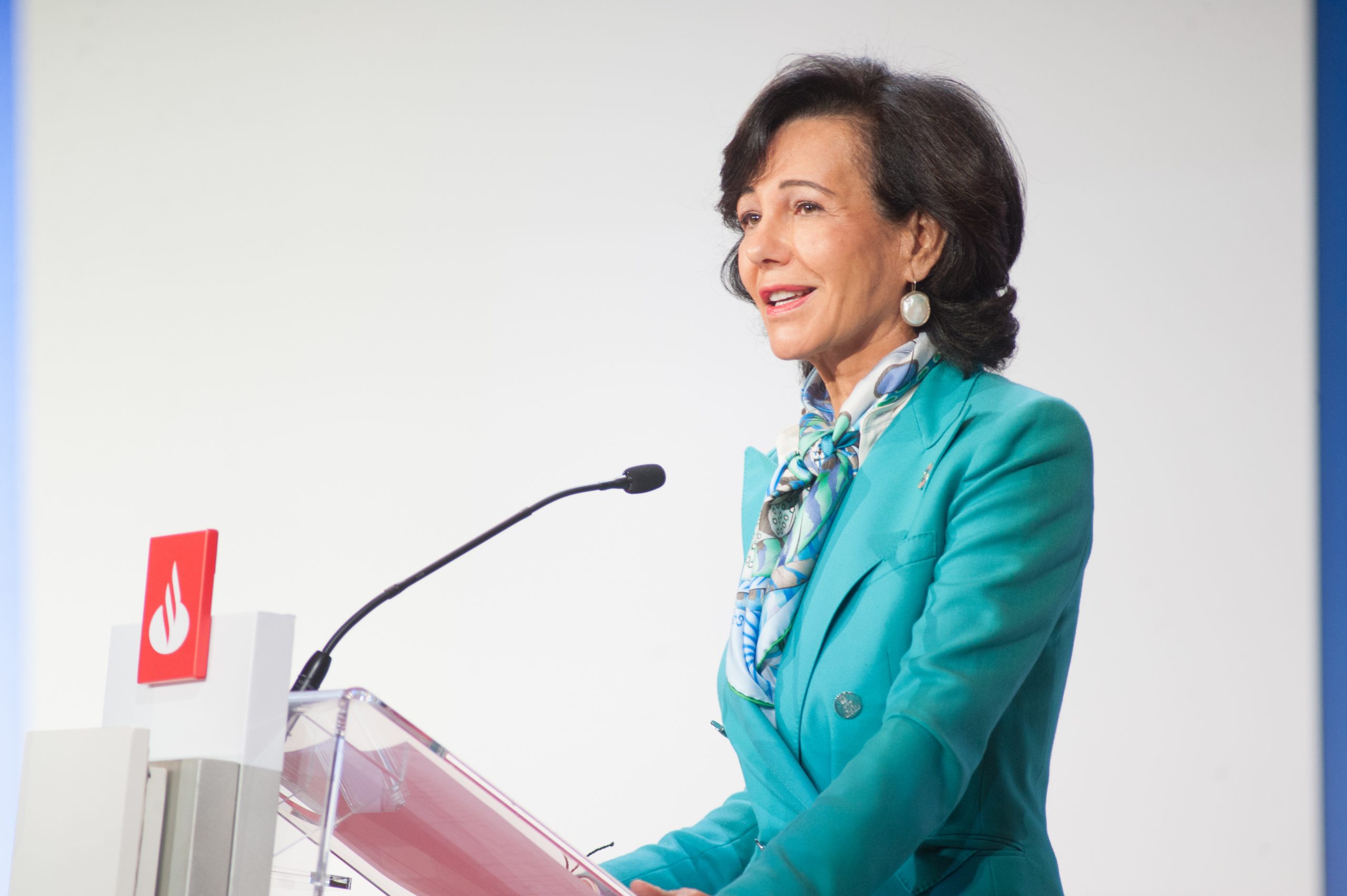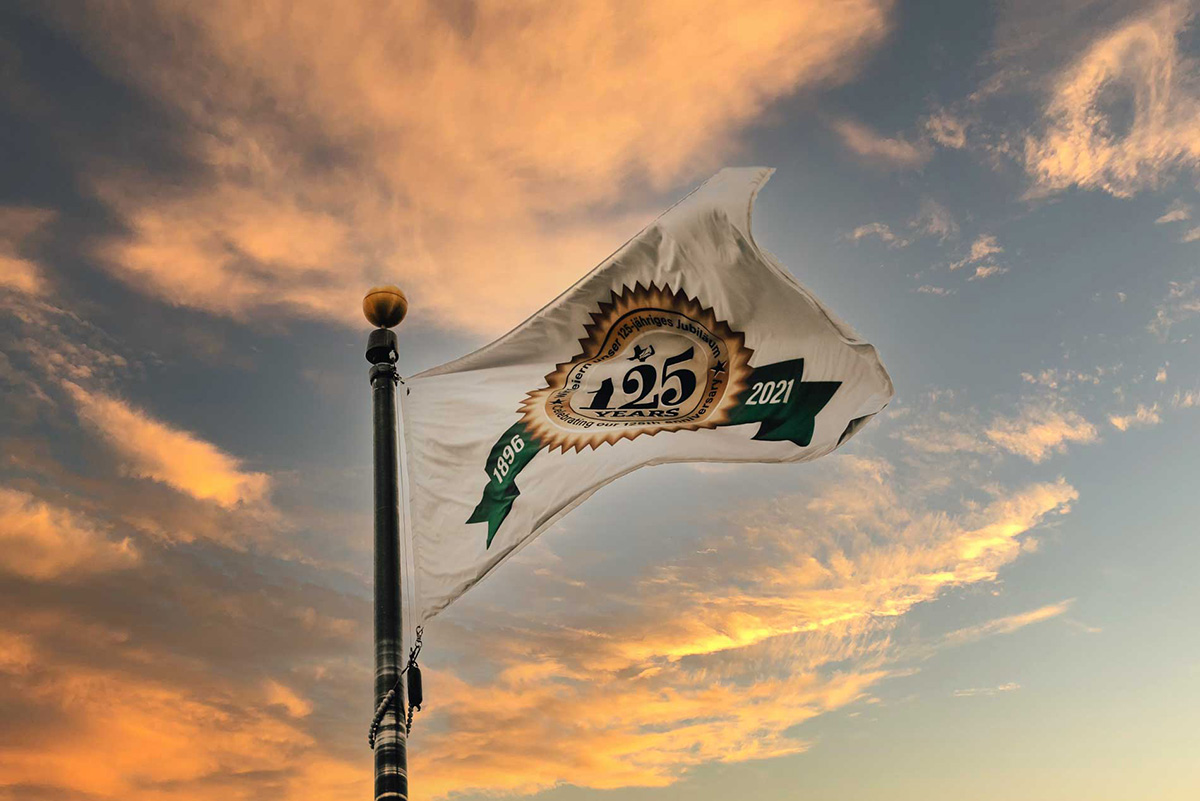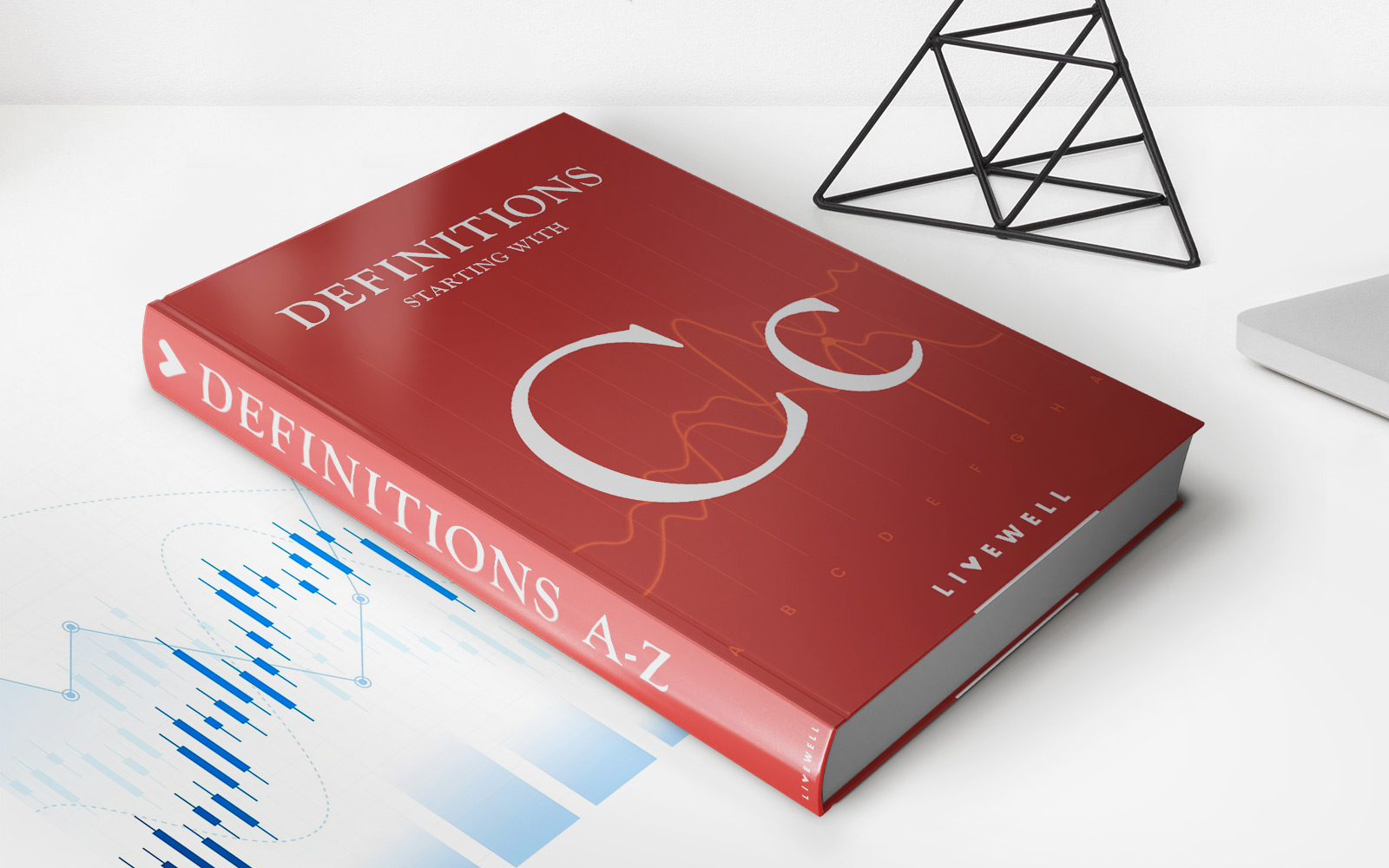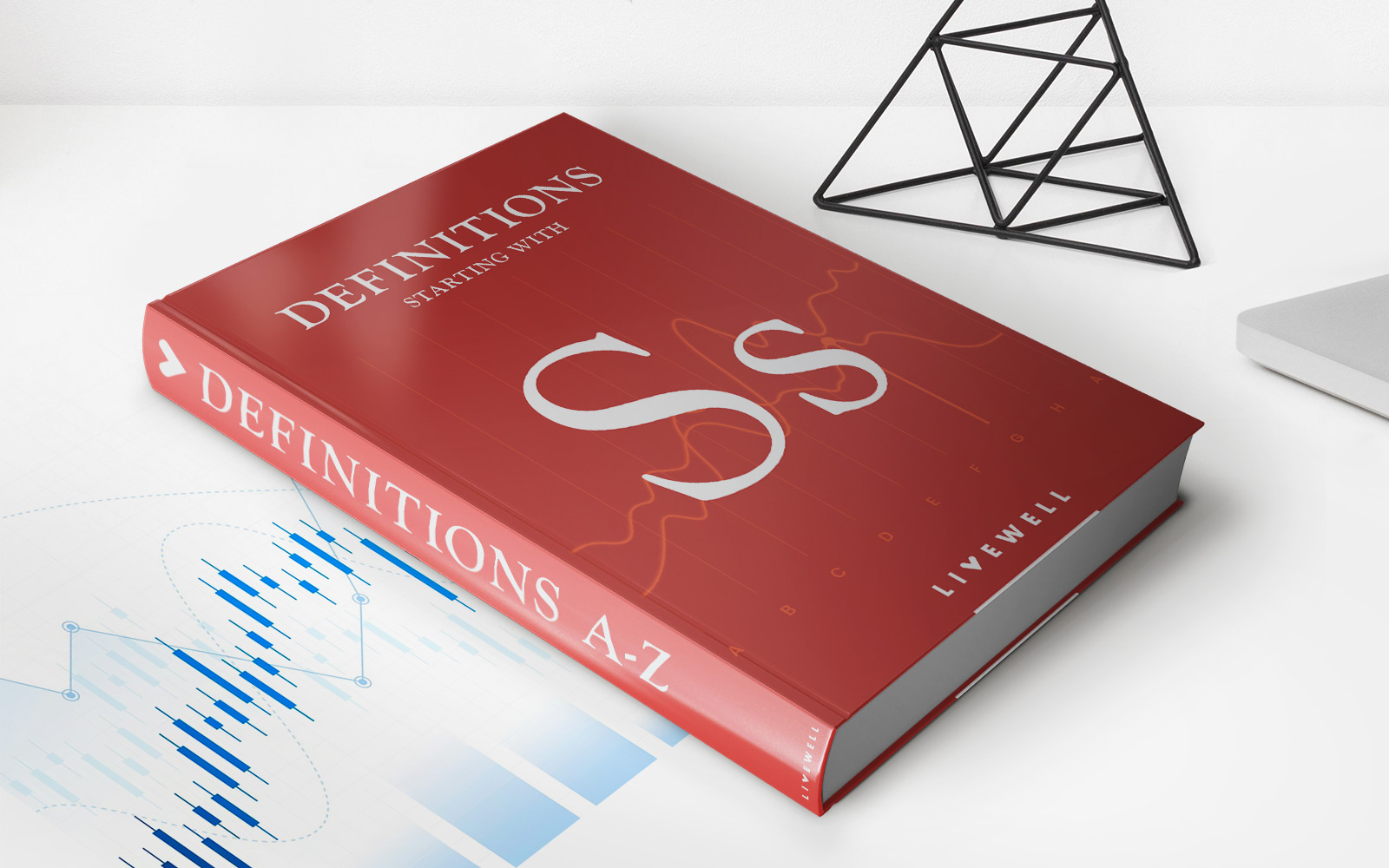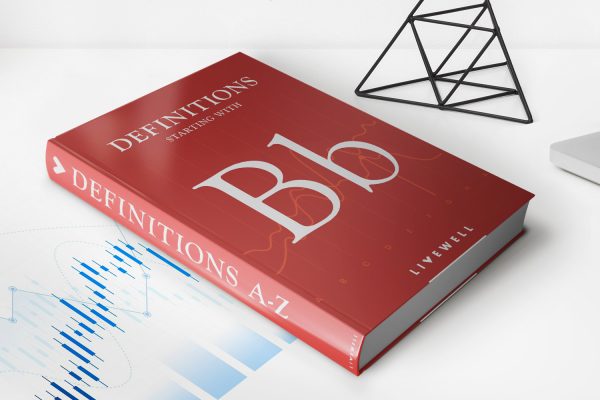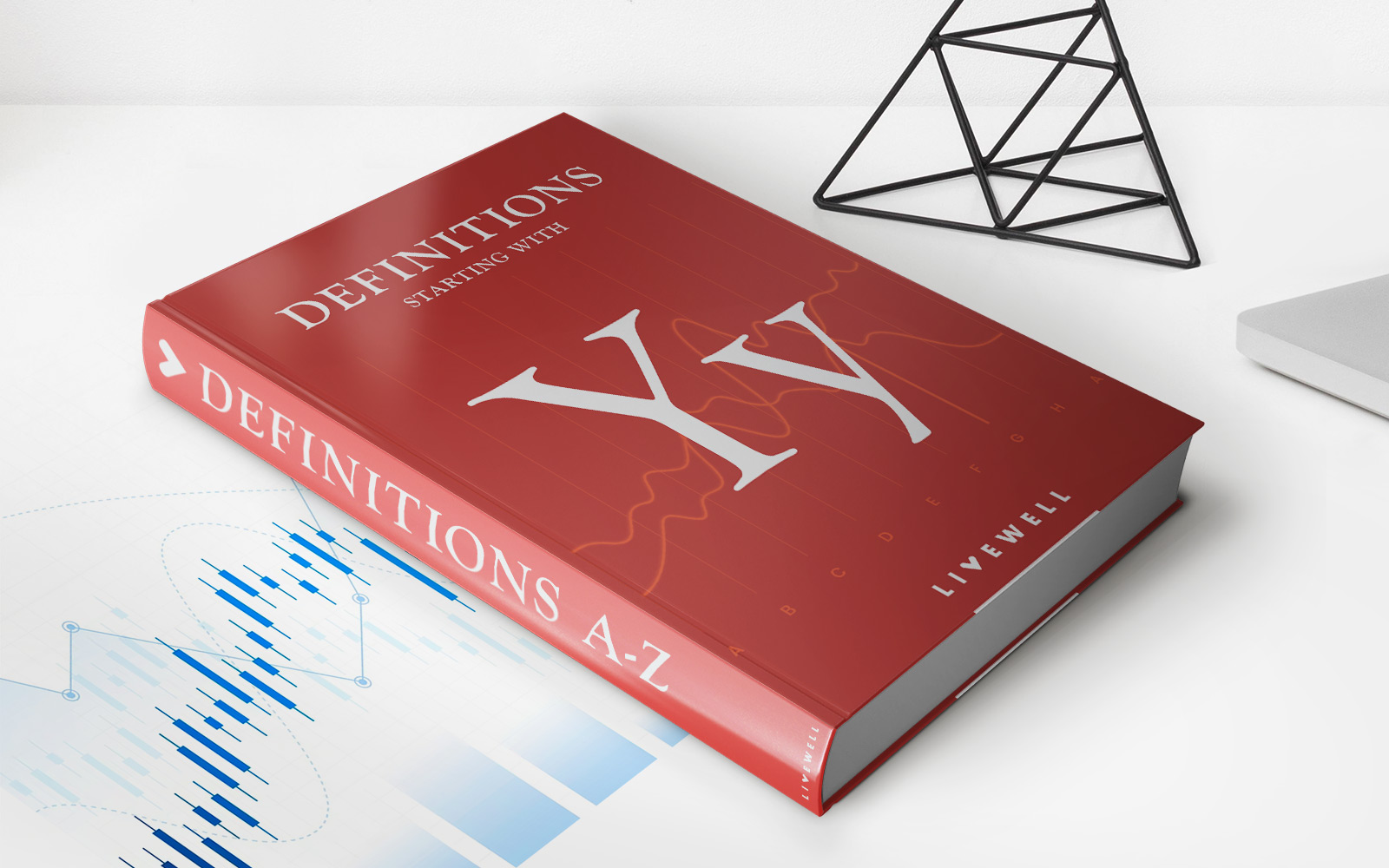

Finance
Who Owns Guardian Asset Management
Modified: December 30, 2023
Find out who owns Guardian Asset Management and discover their financial expertise. Stay informed about the latest developments in finance with Guardian.
(Many of the links in this article redirect to a specific reviewed product. Your purchase of these products through affiliate links helps to generate commission for LiveWell, at no extra cost. Learn more)
Table of Contents
- Introduction
- Overview of Guardian Asset Management
- Ownership Structure of Guardian Asset Management
- Key Shareholders of Guardian Asset Management
- Analysis of Ownership Patterns in Guardian Asset Management
- Corporate Governance and Decision-Making Process
- Impact of Ownership Structure on Guardian Asset Management’s Operations
- Conclusion
Introduction
Guardian Asset Management is a leading financial institution that has gained significant recognition in the investment industry. With a strong track record and diverse portfolio, Guardian Asset Management has become a trusted name for individuals and organizations seeking expert guidance for their financial goals. In this article, we will explore the ownership structure of Guardian Asset Management and shed light on the key shareholders who play a crucial role in its operations.
Understanding the ownership structure of a financial institution is essential as it provides insights into the decision-making process and the overall corporate governance. By examining the ownership patterns, we can gain a better understanding of how Guardian Asset Management is managed and how this impacts its operations.
Furthermore, analyzing the ownership structure also helps in assessing the level of control and influence various stakeholders have over the company. It allows us to delve into the relationships between shareholders, directors, and management and explore how these dynamics shape the strategies and direction of Guardian Asset Management.
Ultimately, by uncovering the ownership structure of Guardian Asset Management, we aim to provide a comprehensive understanding of the institution and how it operates within the financial industry. Let’s dive in and explore the ownership patterns of this esteemed organization.
Overview of Guardian Asset Management
Guardian Asset Management is a renowned financial institution that specializes in providing investment management services to individuals and institutions. With a history dating back several decades, Guardian Asset Management has established itself as a trusted partner in helping clients achieve their financial goals.
The institution offers a wide range of investment solutions, including mutual funds, discretionary portfolio management, retirement planning, and wealth management services. With a team of experienced investment professionals, Guardian Asset Management prides itself on delivering tailored strategies that align with each client’s unique financial objectives and risk tolerance.
One of the distinguishing factors of Guardian Asset Management is its commitment to research and analysis. The institution employs a team of research analysts who conduct in-depth market research to identify promising investment opportunities and anticipate potential risks. This research-driven approach allows Guardian Asset Management to make informed investment decisions and stay ahead of market trends.
Guardian Asset Management also places a strong emphasis on risk management. The institution employs a comprehensive risk management framework to mitigate potential risks and ensure the preservation of client capital. From conducting rigorous due diligence on investment opportunities to implementing diversification strategies, Guardian Asset Management prioritizes protecting its clients’ investments.
Another aspect that sets Guardian Asset Management apart is its client-centric approach. The institution believes in building long-term relationships with its clients based on trust, transparency, and personalized service. Guardian Asset Management takes the time to understand each client’s unique financial situation, goals, and risk appetite, and designs customized investment solutions accordingly. The dedicated client service team ensures that clients receive prompt responses to their queries and regular updates on their investment portfolios.
With a strong commitment to excellence and a focus on delivering superior investment performance, Guardian Asset Management has earned itself a reputable position within the industry. The institution’s dedication to professionalism, integrity, and continuous innovation has resulted in a loyal client base and numerous accolades and recognition from industry experts.
Now that we have gained a broad understanding of Guardian Asset Management, let’s take a closer look at the institution’s ownership structure and the key shareholders who shape its operations.
Ownership Structure of Guardian Asset Management
The ownership structure of Guardian Asset Management plays a pivotal role in shaping the institution’s decision-making process, corporate governance, and overall strategic direction. Understanding the key shareholders and their level of influence is crucial in comprehending how Guardian Asset Management operates within the financial industry.
Guardian Asset Management operates as a privately-owned company, with ownership distributed among a select group of individuals and entities. The majority of the ownership stakes are held by a consortium of high-net-worth individuals, institutional investors, and the founding partners.
While the exact ownership percentages are not publicly disclosed, it is known that the founding partners maintain a significant stake in Guardian Asset Management. Their involvement as shareholders reflects their continued commitment to the institution’s success and their belief in the long-term growth potential.
Alongside the founding partners, a group of influential institutional investors also holds substantial ownership stakes in Guardian Asset Management. These institutional investors not only provide financial backing but also bring with them a wealth of industry expertise and networks, which contribute to the institution’s growth and development.
In addition to the founding partners and institutional investors, there is also a small number of individual private investors who hold ownership stakes in Guardian Asset Management. These private investors have displayed confidence in the institution’s investment approach and its potential for generating attractive returns.
It is worth noting that the ownership structure of Guardian Asset Management has remained relatively stable over the years, indicating a strong alignment of interests between the shareholders and the institution’s strategic objectives. This stability creates a favorable environment for fostering long-term relationships and ensuring continuity in decision-making processes.
Overall, the ownership structure of Guardian Asset Management reflects a careful selection of shareholders who bring expertise, financial resources, and passion for growth. Their collective ownership provides the institution with the necessary support and guidance to navigate the complexities of the financial industry and deliver value to clients.
Now that we have an understanding of the ownership structure, let’s delve deeper into the key shareholders of Guardian Asset Management and their significance in the institution’s operations.
Key Shareholders of Guardian Asset Management
Guardian Asset Management’s ownership is comprised of a select group of key shareholders who play a vital role in shaping the institution’s overall strategy and decision-making process. These shareholders, with their diverse backgrounds and expertise, contribute to the institution’s success and ensure its continued growth.
The founding partners of Guardian Asset Management hold a significant stake in the company and are integral to its operations. As individuals who established the institution, they bring a wealth of experience and industry knowledge to the table. The founding partners are actively involved in the day-to-day activities of Guardian Asset Management, working closely with the management team to set the strategic direction and drive the institution forward.
In addition to the founding partners, there are influential institutional investors who hold substantial ownership stakes in Guardian Asset Management. These institutional investors, ranging from pension funds to private equity firms, provide financial backing and strategic guidance. Their involvement brings a network of resources and industry connections to the institution, which helps in expanding its reach and unlocking new opportunities.
Furthermore, Guardian Asset Management values the input and perspective of its private individual investors. These investors, often high-net-worth individuals, bring a diverse range of expertise and experiences from various industries. Their ownership stakes demonstrate their confidence in the institution’s capabilities and long-term growth potential. Guardian Asset Management recognizes the importance of incorporating their insights into investment strategies and decision-making processes.
Another significant group of key shareholders in Guardian Asset Management is the management team itself. The institution’s leadership team, including executives and portfolio managers, often hold minority ownership stakes. This ownership not only aligns their interests with the institution’s success but also serves as a mechanism for retaining top talent and incentivizing performance-driven results.
It is worth noting that the key shareholders of Guardian Asset Management have a vested interest in the institution’s long-term success and the satisfaction of its clients. They collaborate closely in overseeing the strategic vision, ensuring effective risk management, and fostering a culture of innovation.
Through their collective efforts and contributions, the key shareholders of Guardian Asset Management maintain a strong commitment to delivering value to clients and driving the institution’s growth. They are instrumental in providing guidance, resources, and support to navigate the ever-changing landscape of the financial industry and seizing opportunities for success.
Now that we have explored the key shareholders of Guardian Asset Management, let’s analyze the ownership patterns and their implications on the institution’s corporate governance.
Analysis of Ownership Patterns in Guardian Asset Management
The ownership patterns in Guardian Asset Management provide valuable insights into the institution’s corporate governance structure and decision-making processes. Understanding these ownership patterns allows us to assess the level of control, influence, and stability within the institution.
One notable aspect of Guardian Asset Management’s ownership patterns is the significant stake held by the founding partners. Their substantial ownership reflects their commitment to the institution’s long-term success and their deep involvement in its operations. With their extensive experience and industry knowledge, the founding partners have the ability to exert significant influence on the institution’s strategic direction and decision-making processes.
Add to that the involvement of institutional investors, who contribute not only financial resources but also valuable expertise and networks. Their ownership stakes indicate a level of confidence in Guardian Asset Management and its potential for growth. The institutional investors bring a broader perspective to the table, contributing to the institution’s governance and strategy formation.
The presence of private individual investors further diversifies the ownership landscape of Guardian Asset Management. Their ownership stakes demonstrate their trust and faith in the institution’s investment approach. While individual investors may not have a direct role in the institution’s day-to-day operations, their ownership provides additional stability and resources to support long-term growth.
The ownership patterns within Guardian Asset Management also highlight a commitment to continuity and stability. The relatively consistent ownership structure over the years suggests a shared vision and long-term focus among the shareholders. This stability fosters an environment conducive to effective decision-making, risk management, and client satisfaction.
Moreover, the involvement of the management team as minority shareholders aligns their interests with that of the institution and incentivizes their performance. This ownership stake helps in retaining top talent and creating a sense of ownership and responsibility within the management team, ultimately benefiting the institution and its clients.
By analyzing the ownership patterns in Guardian Asset Management, we can gain a better understanding of the power dynamics and the relationships between shareholders, directors, and management. It reveals the underlying structure that influences decision-making and the ability of stakeholders to shape the institution’s operations.
Overall, the ownership patterns in Guardian Asset Management reflect a careful selection of shareholders with diverse backgrounds and expertise. The involvement of the founding partners, institutional investors, private individuals, and the management team ensures a robust governance structure and a collective commitment to delivering value to clients.
Now that we have analyzed the ownership patterns, let’s explore how the ownership structure impacts the corporate governance and decision-making process of Guardian Asset Management.
Corporate Governance and Decision-Making Process
The ownership structure of Guardian Asset Management plays a crucial role in shaping its corporate governance and decision-making process. It determines how power and authority are distributed within the institution and influences the strategic direction and operational decisions made by the management team.
As a privately-owned company, Guardian Asset Management follows a governance framework that ensures transparency, accountability, and ethical conduct. The institution maintains a board of directors, which includes representatives from the key shareholders, independent directors, and industry experts. The board oversees the management team and provides guidance on strategic matters, risk management, and compliance.
The involvement of key shareholders, such as the founding partners and institutional investors, brings a wealth of industry experience and perspectives to the decision-making process. These shareholders play an active role in setting the institution’s strategic direction and ensuring that its operations align with the overarching goals. Their expertise and insights contribute to informed and effective decision-making.
Furthermore, the ownership structure of Guardian Asset Management fosters a collaborative environment, where stakeholders work together to make key decisions. The inclusion of private individual investors provides diverse perspectives and ensures that the decision-making process takes into account the interests of various stakeholders.
The management team, including executives and portfolio managers, also plays a critical role in the decision-making process. While shareholders provide guidance and oversight, the management team is responsible for executing strategies, managing investments, and delivering results. Their expertise and day-to-day involvement in the operations of Guardian Asset Management allow for seamless implementation of decisions made at the board level.
Effective corporate governance practices and a well-defined decision-making process are essential in the financial industry to ensure compliance with regulations, protect the interests of stakeholders, and maintain the institution’s reputation. Guardian Asset Management places a strong emphasis on promoting transparency and accountability throughout its governance framework.
The ownership structure of Guardian Asset Management, with an alignment of interests among shareholders, provides a stable foundation for sound corporate governance. It facilitates open communication, encourages constructive dialogue, and allows for efficient decision-making.
Overall, the ownership structure of Guardian Asset Management, supported by a robust governance framework, ensures that decisions are made with a focus on long-term value creation and client satisfaction. The involvement of key shareholders, along with a collaborative approach, empowers the institution to navigate the evolving financial landscape and adapt to the changing needs of clients.
Now that we have explored how the ownership structure affects corporate governance and decision-making, let’s examine the impact of the ownership structure on Guardian Asset Management’s operations.
Impact of Ownership Structure on Guardian Asset Management’s Operations
The ownership structure of Guardian Asset Management has a significant impact on the institution’s operations, influencing its strategic decisions, investment approach, and overall performance. The involvement and influence of key shareholders shape the direction and success of the company.
Firstly, the ownership structure establishes a foundation of long-term commitment and alignment of interests among shareholders. The significant stake held by the founding partners demonstrates their dedication to the institution’s success and their vested interest in its operations. This alignment ensures a focus on sustainable growth and client satisfaction.
The involvement of institutional investors brings valuable resources, expertise, and industry networks to Guardian Asset Management. These investors not only provide financial backing but also contribute to the institution’s strategic decision-making processes. Their insights and industry knowledge help shape the investment approach and position Guardian Asset Management for success in the market.
The ownership structure also allows for a diverse range of perspectives. The inclusion of private individual investors ensures that decisions take into account the interests and expectations of a broader range of stakeholders. This diversity of viewpoints fosters a well-rounded approach to decision-making and helps in identifying and capturing potential opportunities that align with clients’ needs.
Moreover, the ownership structure impacts the stability and continuity of Guardian Asset Management’s operations. With a relatively consistent ownership structure over the years, the institution can maintain a consistent strategic vision and a long-term focus. This stability allows for effective planning, risk management, and the execution of investment strategies.
Another impact of the ownership structure is the ability to attract and retain top talent. The involvement of the management team as minority shareholders aligns their interests with that of the institution. This ownership stake incentivizes performance-driven results and creates a sense of ownership and responsibility. It helps in attracting experienced professionals and ensuring a dedicated and motivated workforce.
Furthermore, the ownership structure promotes a culture of transparency and accountability. Shareholders, as active participants in the governance process, play a vital role in overseeing the institution’s operations and ensuring compliance with regulatory requirements. This emphasis on transparency allows for effective risk management and instills confidence among clients and stakeholders.
Overall, the ownership structure of Guardian Asset Management enables the institution to make strategic decisions with a long-term view, access valuable industry expertise, and maintain stability in its operations. The involvement and influence of key shareholders provide the resources and support needed to drive growth, deliver favorable investment outcomes, and ensure client satisfaction.
Now that we have discussed the impact of the ownership structure on Guardian Asset Management’s operations, let’s conclude our analysis.
Conclusion
The ownership structure of Guardian Asset Management plays a significant role in shaping the institution’s operations, corporate governance, and decision-making processes. The involvement of key shareholders, including the founding partners, institutional investors, and private individual investors, brings valuable expertise, resources, and perspectives to the table.
The ownership patterns within Guardian Asset Management reflect a careful selection of shareholders who share a long-term commitment to the institution’s success. The stability and alignment of interests among these shareholders create a favorable environment for effective decision-making, strategic planning, and risk management.
The governance framework of Guardian Asset Management ensures transparency, accountability, and ethical conduct. The involvement of key shareholders in the decision-making process, along with the dedicated management team, ensures that decisions are made with a focus on delivering value to clients and driving the institution’s growth.
The ownership structure also impacts the institution’s operations by influencing its strategic direction, investment approach, and talent retention. The involvement of institutional investors brings valuable industry knowledge and networks to Guardian Asset Management, enabling it to stay at the forefront of market trends. The ownership stake held by the management team fosters a sense of ownership and responsibility, motivating them to deliver exceptional performance.
Furthermore, the ownership structure promotes stability, continuity, and transparency within Guardian Asset Management, instilling confidence in clients and stakeholders alike. The diversity of perspectives represented by the shareholders ensures that decision-making takes into account the interests and expectations of a wide range of stakeholders.
In conclusion, the ownership structure of Guardian Asset Management sets the foundation for its success in the financial industry. The involvement and influence of key shareholders provide the institution with the necessary resources, expertise, and support to navigate market complexities, deliver superior investment performance, and create value for clients.
By understanding the ownership structure and its impact on Guardian Asset Management, we gain valuable insights into the institution’s operations, governance, and decision-making process. This knowledge allows us to appreciate the depth and breadth of Guardian Asset Management’s capabilities, and the commitment it has to provide exceptional financial services.




